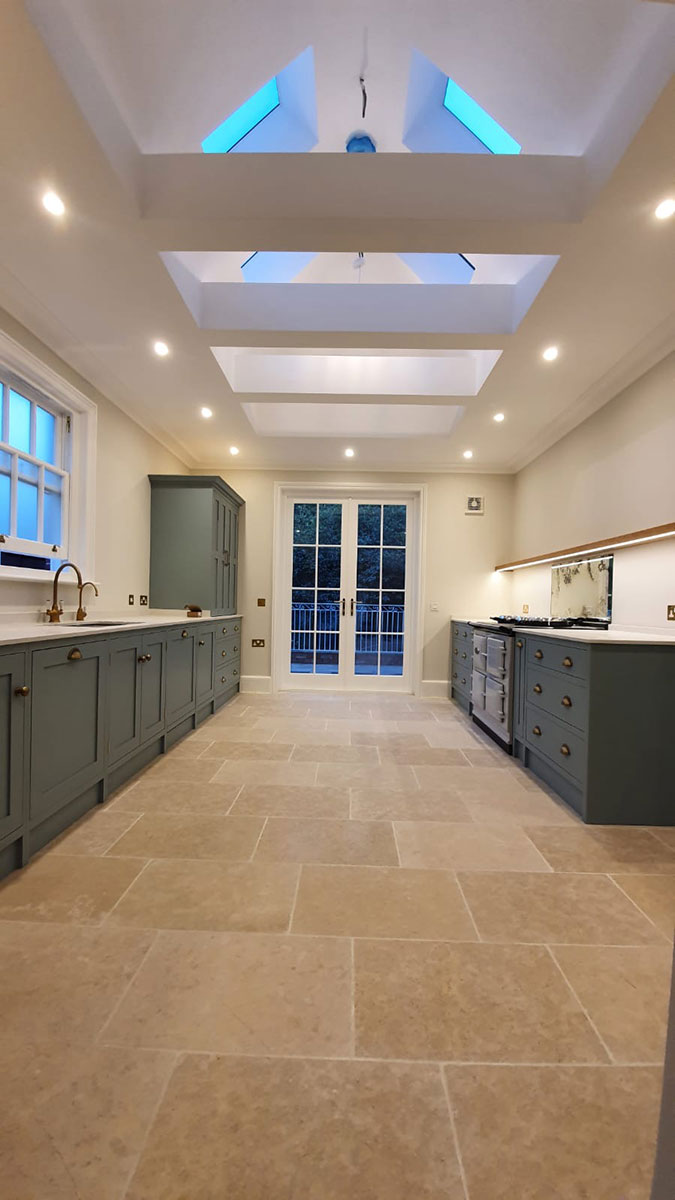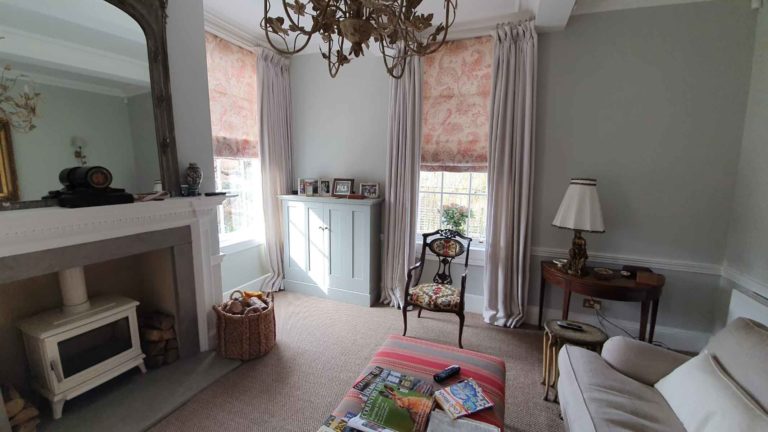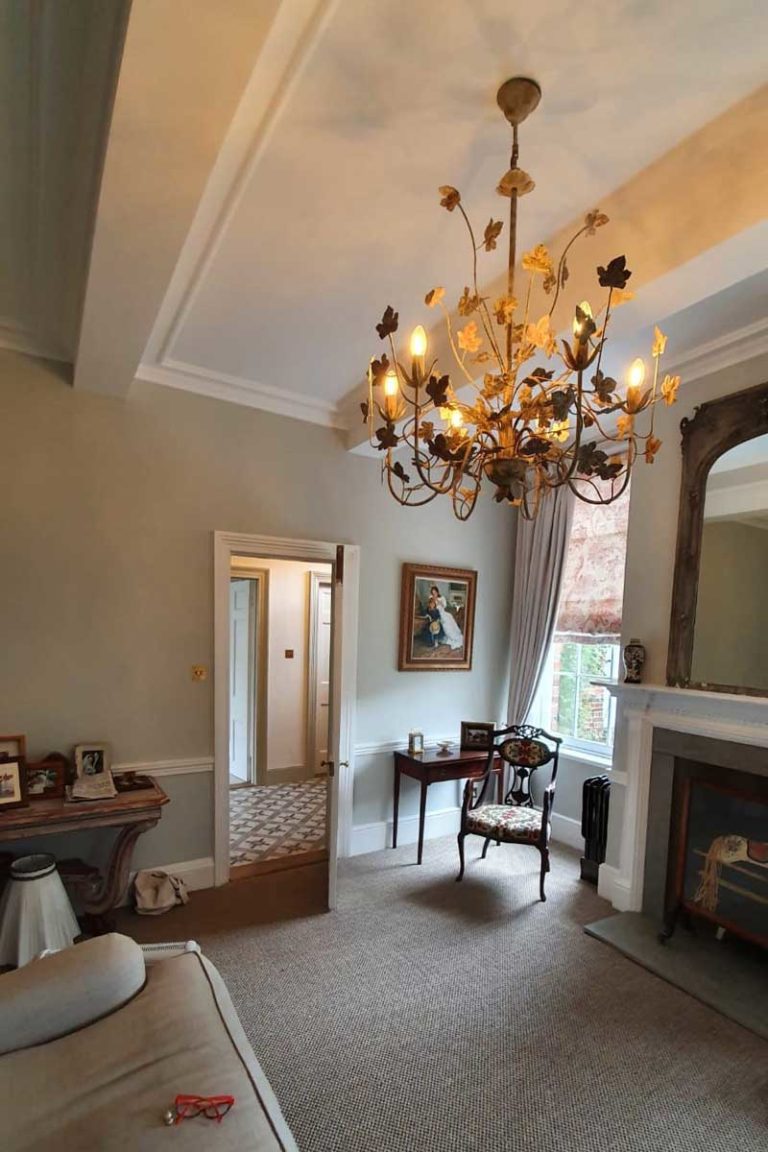The brief was for the conversion of the existing basement, full restoration and repair of the listed property that had been vacant for three years. This comprised a full refurbishment programme to the main house to include structural improvements, timber decay treatments, basement waterproof tanking, external brickwork repointing, roof repairs, new mechanical and electrical servicing throughout, domestic facilities, and internal decorations.
An unattractive extension had been constructed in the 1960s to the eastern elevation of the building which was considered not in keeping with the character of the existing historic building.
Its demolition allowed space for the creation of a new larger single storey extension intended to be more in keeping with the historic property, while also providing improved dining and kitchen facilities for the client to meet the needs and desires of 21st century living.
All proposals were designed to honour and conserve the building’s historic fabric and aesthetics in accordance with specialist’s details and SPAB guidance.
We worked to develop an approach which sought to improve and rationalise the existing layout by replacing the poor-quality 1960s extension, making minor internal alterations and associated refurbishment works to secure the future of the building for residential use.
The design also utilises appropriate materials, workmanship, and construction techniques to successfully integrate sympathetic structural and finishes solutions.







